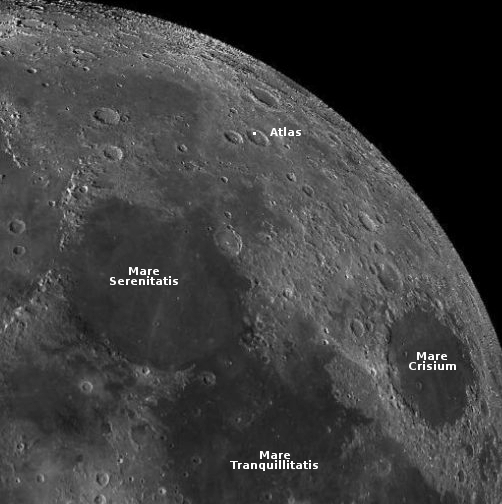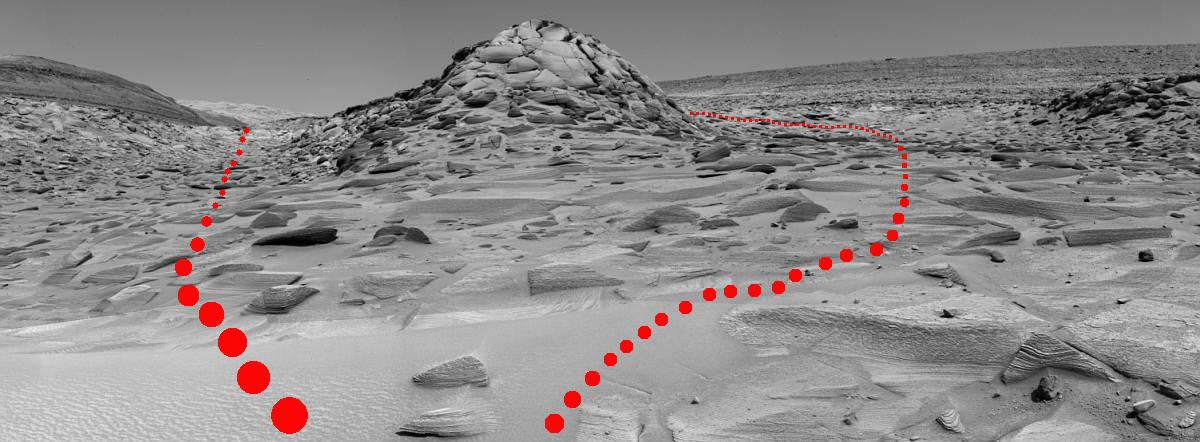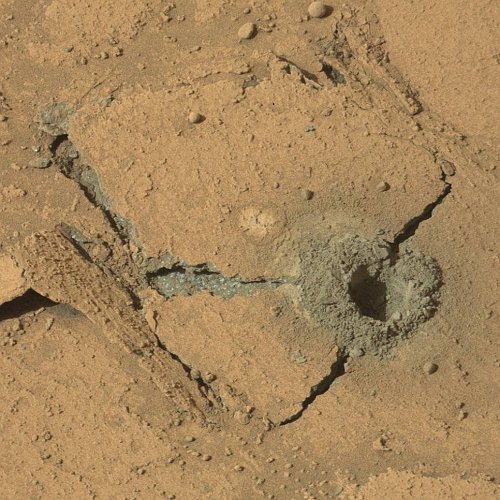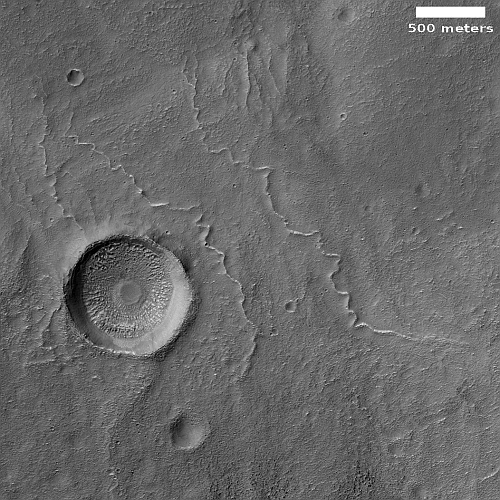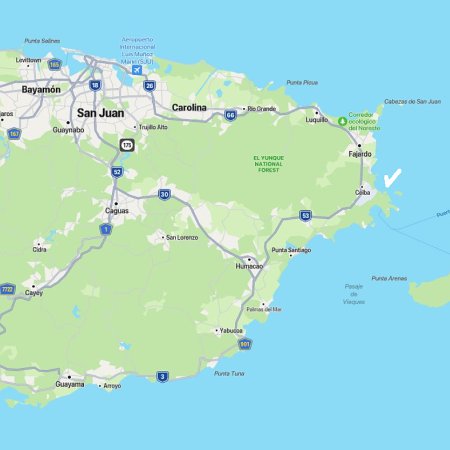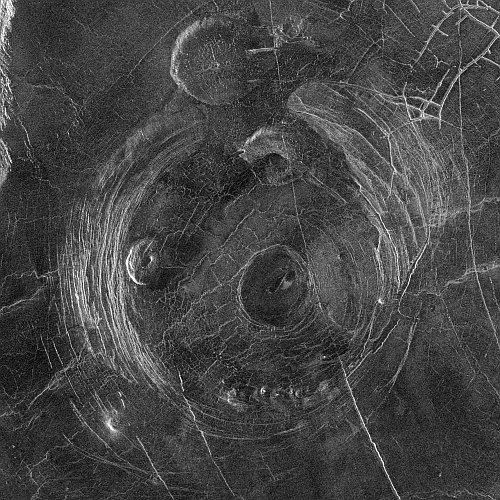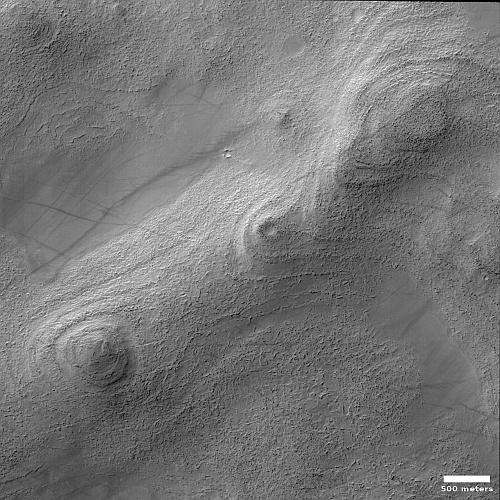ESA invites private companies to build lunar satellites for communications and navigation
Capitalism in space: The European Space Agency (ESA) has now invited European and Canadian companies to build the lunar communications and navigation satellites that will be needed to serve the many future manned and unmanned missions presently being planned by the U.S. and Europe.
Under its Moonlight programme, ESA is inviting space companies to create these lunar services.
By acting as an anchor customer, ESA is enabling space companies involved in Moonlight to create a telecommunication and navigation service for the agency, while being free to sell lunar services and solutions to other agencies and commercial ventures.
Once Moonlight is in place, companies could create new applications in areas such as education, media and entertainment – as well as inspiring young people to study science, technology, engineering and maths, which creates a highly qualified future workforce.
According to the press release, almost 100 companies have already expressed interest.
It is however unclear how much freedom the companies will have in designing and creating these satellites, based on ESA’s own descriptions of the project. It appears that ESA wants to design them, and is simply looking for private companies to build them. Under this arrangement, ownership will not belong to the companies, even if they are given the freedom to make money selling the capability to others. In fact, past history suggests that in the end, ESA will eventually retract this part of the deal, because of its desire to fully control the satellites it designed.
Capitalism in space: The European Space Agency (ESA) has now invited European and Canadian companies to build the lunar communications and navigation satellites that will be needed to serve the many future manned and unmanned missions presently being planned by the U.S. and Europe.
Under its Moonlight programme, ESA is inviting space companies to create these lunar services.
By acting as an anchor customer, ESA is enabling space companies involved in Moonlight to create a telecommunication and navigation service for the agency, while being free to sell lunar services and solutions to other agencies and commercial ventures.
Once Moonlight is in place, companies could create new applications in areas such as education, media and entertainment – as well as inspiring young people to study science, technology, engineering and maths, which creates a highly qualified future workforce.
According to the press release, almost 100 companies have already expressed interest.
It is however unclear how much freedom the companies will have in designing and creating these satellites, based on ESA’s own descriptions of the project. It appears that ESA wants to design them, and is simply looking for private companies to build them. Under this arrangement, ownership will not belong to the companies, even if they are given the freedom to make money selling the capability to others. In fact, past history suggests that in the end, ESA will eventually retract this part of the deal, because of its desire to fully control the satellites it designed.


